Breakinduced replication (BIR) is a nonreciprocal recombinationdependent replication process that is an effective mechanism to repair a broken chromosome We review key roles played by BIR in maintaining genome integrity, including restarting DNA replication at broken replication forks and maintaining telomeres in the absence of telomerase DNA strand breakinduced replication fork collapse stimulates formation of Ccircle and Coverhang To examine a potential relationship between replicationblocking and formation of Ccircle and Coverhang, U2OS cells were treated with agents that result in replicationRepeat expansions breakinduced replication (BIR), an HR pathway that is responsible for the repair of oneended DSBs BIR begins with DNA end resection followed by Rad51mediated strand invasion into a homologous DNA region 5 BIR represents an unusual DNA synthesis mechanism that can continue for hundreds of kilobases, is carried
Break Induced Replication Is Highly Inaccurate
Break induced replication repair
Break induced replication repair- Breakinduced replication (BIR) is a DNA doublestrand break repair pathway that leads to genomic instabilities similar to those observed in cancer BIR proceeds byBreakinduced replication (BIR) is a pathway that repairs oneended doublestrand breaks (DSBs) For decades, yeast model systems offered the only opportunities to study eukaryotic BIR




Mechanisms Restraining Break Induced Replication At Two Ended Dna Double Strand Breaks The Embo Journal
Breakinduced replication (BIR) is a pathway that repairs oneended doublestrand breaks (DSBs) For decades, yeast model systems offered the only opportunities to study eukaryotic BIR These studies described an unusual mode of BIR synthesis that is carried out by a migrating bubble and shows conse Both of the yeast pathways also require Pol32, a subunit of DNA polymerase δ critical for breakinduced DNA replication (BIR) (Lydeard et al, 07) Recent studies in human cells further revealed that ALT is a replication stressassociated and BIRrelated process However, DSBs that arise by replication fork collapse or by erosion of uncapped telomeres have only one free end and are thought to repair by strand invasion into a homologous duplex DNA followed by replication to the chromosome end (breakinduced replication, BIR)
BreakInduced Replication in E coli Even before elucidation of T4 RDR, connections between replication and recombination in bacteria had been suspected Lederberg proposed a breakcopy model of recombination, whereby a broken chromosome would stimulate replication by Cell wall protein variation, break‐induced replication, and subtelomere dynamics in Candida glabrata Zhuwei Xu Department of Molecular Biology and Genetics, Johns Hopkins University School of Medicine, Baltimore, MD, USA Search Breakinduced replication (BIR) is the pathway of homologous recombination (HR) conserved from phages to eukaryotes that serves to repair DNA breaks that have only one end BIR contributes to the repair of broken replication forks and allows telomere lengthening in the absence of telomerase
One way of repairing a DNA break is through invasion of an end into a homologous, intact duplex, which can set up a replication fork However, this work shows thatBreakinduced replication (BIR) is an important pathway specializing in repair of oneended doublestrand DNA breaks (DSBs) This type of DSB break typically arises at collapsed replication forks or at eroded telomeresThe DSBs were repaired by POLD3/POLD4dependent breakinduced replication (BIR), resulting in fragile telomeres containing conservatively replicated DNA BIR also promoted fragile telomere formation in cells with FokIinduced telomeric DSBs and in alternative lengthening of telomeres (ALT) cells, which have spontaneous telomeric damage



A Microhomology Mediated Break Induced Replication Model For The Origin Of Human Copy Number Variation




Break Induced Replication The Where The Why And The How Trends In Genetics
Stalled replication forks are restarted through two main pathways 24 The 53BP1dependent cleavagefree pathway acts at the early stage of In this report, we demonstrate that breakinduced replication (BIR) is used predominantly over SSA in mammalian cells for mediating RMD, especially when repeats are far apart We show that SSA becomes inefficient in mammalian cells when the distance between the DSBs and the repeats is increased to the 1–2 kb range, while BIRmediated RMD (BIR "Breakinduced replication" (BIR) is considered as one way to repair DNA doublestrand breaks (DSBs) BIR is defined as replication of the proximal breakends up to the end of the broken chromosome using an undamaged (homologous) doublestranded template and mimicking a nonreciprocal translocation




Pdf Break Induced Replication A Review And An Example In Budding Yeast Semantic Scholar




Illustration Of Break Induced Replication Telomere Maintenance And De Download Scientific Diagram
Breakinduced replication (BIR) is a pathway that repairs oneended doublestrand breaks (DSBs) For decades, yeast model systems offeredBreakinduced replication (BIR) is an important pathway specializing in repair of oneended doublestrand DNA breaks (DSBs) This type of DSB break typically arises at collapsed replication forks or at eroded telomeres BreakInduced Replication A more specific model for restarting replication at collapsed (broken) replication forks, BIR, has been developed for yeast, and a similar mechanism was proposed to explain telomere maintenance in yeast and human cell lines that have lost telomerase activity (reviewed in)




Figure 2 From Break Induced Dna Replication Semantic Scholar



Plos Genetics Break Induced Replication Requires Dna Damage Induced Phosphorylation Of Pif1 And Leads To Telomere Lengthening
Read chapter Breakinduced replication A review and an example in budding yeast There has been a sea change in how we view genetic recombination When gDouble Strand BreakInduced Replication The repair of broken chromosomes by homologous recombination may occur in several ways (See Introduction) If both ends at the break have homology to sequences on an unbroken chromosome that can serve as a template, then repair may proceed by gene conversion Singleended DSBs are repaired by breakinduced replication (BIR), which involves extensive and mutagenic DNA synthesis spanning up to hundreds of kilobases It remains unknown how mutagenic BIR is suppressed at twoended DSBs




Break Induced Replication The Where The Why And The How Trends In Genetics




Pdf Break Induced Replication What Is It And What Is It For
Breakinduced replication (BIR) is a mechanism used to heal oneended DNA doublestrand breaks, such as those formed at collapsed replication forks or eroded telomeres Instead of utilizing a canonical replication fork, BIR is driven by a migrating Dloop and is associated with a high frequency of mutagenesis//wwwibiologyorg/geneticsandgeneregulation/mechanismsdnarepair/#part1A stepbystep description of BreakInduced Replication when restarting DN In human cancers, oncogene activation interferes with DNA replication, leading to DNA replication stress and DNA doublestrand breaks (DSBs) Costantino et al (p 1, published online 5 December) identified two subunits of DNA polymerase delta, POL3 and POL4, as critical for survival of DNA replication stress in human cells Both subunits were required for breakinduced replication



Plos Genetics Strand Break Induced Replication Fork Collapse Leads To C Circles C Overhangs And Telomeric Recombination




Pdf Break Induced Replication Occurs By Conservative Dna Synthesis Semantic Scholar
Breakinduced replication (BIR) repairs oneended doublestrand breaks in DNA similar to those formed by replication collapse or telomere erosion, and itOne such pathway is breakinduced replication (BIR), which repairs primarily oneended DSBs, similar to those formed by collapsed replication forks or telomere erosion Breakinduced replication (BIR) is a specialized homologousrecombination pathway for DNA doublestrand break (DSB) repair, which often induces genome instability In this study, we establish EGFPbased recombination reporters to systematically study BIR in



Rad51 Independent Break Induced Replication To Repair A Broken Chromosome Depends On A Distant Enhancer Site




Theoretical Models For Alt Mechanism A Break Induced Replication Download Scientific Diagram
BreakInduced Replication The Where, The Why, and The How J Kramara,2 B Osia,2 and A Malkova1,* Breakinduced replication (BIR) is a pathway that repairs oneended doublestrand breaks (DSBs) For decades, yeast model systems offered the only opportunities to study eukaryotic BIR These studies described an unusual mode Breakinduced replication (BIR) is a nonreciprocal recombinationdependent replication process that is an effective mechanism to repair a broken chromosome We review key roles played by BIR in maintaining genome integrity, including restarting DNA replication at broken replication forks and maintaining telomeres in the absence of telomeraseMammalian RAD52 Functions in BreakInduced Replication Repair of Collapsed DNA Replication Forks Human cancers are characterized by the presence of oncogeneinduced DNA replication stress (DRS), making them dependent on repair pathways such as breakinduced replication (BIR) for damaged DNA replication forks



Double Strand Break Induced Replication




Break Induced Replication Plays A Prominent Role In Long Range Repeat Mediated Deletion The Embo Journal
Based on the study in yeast, a DSB repair pathway called breakinduced replication (BIR) is believed to be a major source of replicative GCR Since the mechanistic study of BIR has been mostly carried out in yeast, a model system to study BIR mechanism and its role in suppressing genome instability in mammalian cells is highly in demand Breakinduced replication (BIR) is one of the DSB repair pathways that is highly prone to genetic instability 1, 2, 3 BIR proceeds by invasion of one broken end into a homologous DNA sequence The DSBs were repaired by POLD3/POLD4dependent breakinduced replication (BIR), resulting in fragile telomeres containing conservatively replicated DNA BIR also promoted fragile telomere formation in cells with FokIinduced telomeric DSBs and in alternative lengthening of telomeres (ALT) cells, which have spontaneous telomeric damage




No Evidence For Break Induced Replication In A Higher Plant But Break Induced Conversion May Occur Semantic Scholar



2
Breakinduced replication (BIR) refers to recombinationdependent DNA synthesis initiated from one end of a DNA doublestrand break and can extend for more than 100 kb BIR initiates by Rad51catalyzed strand invasion, but the mechanism for DNA synthesis is not known Here, we used BrdU incorporation to track DNA synthesis during BIR and found that the newly Breakinduced replication (BIR) is a specialized homologousrecombination pathway for DNA doublestrand break (DSB) repair, which often induces genome instability In this study, we establish EGFPbased recombination reporters to systematically study BIR in mammalian cells and demonstrate an important role of human PIF1 helicase in promoting BIR In this report, we demonstrate that breakinduced replication (BIR) is used predominantly over SSA in mammalian cells for mediating RMD, especially when repeats are far apart We show that SSA becomes inefficient in mammalian cells when the distance between the DSBs and the repeats is increased to the 12 kb range, while BIRmediated RMD (BIR



Plos Genetics A Microhomology Mediated Break Induced Replication Model For The Origin Of Human Copy Number Variation




Dna Polymerase Delta Synthesizes Both Strands During Break Induced Replication Sciencedirect
Breakinduced replication (BIR) refers to recombinationdependent DNA synthesis initiated from one end of a DNA doublestrand break and can extend for more than 100 kb BIR initiates by Rad51catalyzed strand invasion, but the mechanism for DNA synthesis is not known Here, we used BrdU incorporation to track DNAIn budding yeast, oneended DNA doublestrand breaks (DSBs) and damaged replication forks are repaired by breakinduced replication (BIR), a homologous recombination pathway that requires the Pol32 subunit of DNA polymerase delta DNA replication stress is prevalent in cancer, but BIR has not been characterized in mammals Breakinduced replication (BIR) is a unique cellular process that mimics normal DNA replication in its processivity, rate, and capacity to duplicate hundreds of kilobases, but is initiated at doublestrand breaks (DSBs) rather than at replication origins




Break Induced Replication Assay A Schematic Of The Assay I Scei Download Scientific Diagram




Break Induced Replication Repair Of Damaged Forks Induces Genomic Duplications In Human Cells Science




Break Induced Replication Shown Are Models Of Break Induced Download Scientific Diagram




Homology Requirements And Competition Between Gene Conversion And Break Induced Replication During Double Strand Break Repair Sciencedirect




Break Induced Replication Rescues Collapsed Forks A Dse At A Collapsed Download Scientific Diagram




Replication Stress At Microsatellites Causes Dna Double Strand Breaks And Break Induced Replication Journal Of Biological Chemistry




Break Induced Replication Occurs By Conservative Dna Synthesis Pnas




Template Switching During Break Induced Replication Is Promoted By The Mph1 Helicase In Saccharomyces Cerevisiae Genetics




Break Induced Replication If One End Of A Double Strand Break Dsb Download Scientific Diagram



Break Induced Replication Is Highly Inaccurate
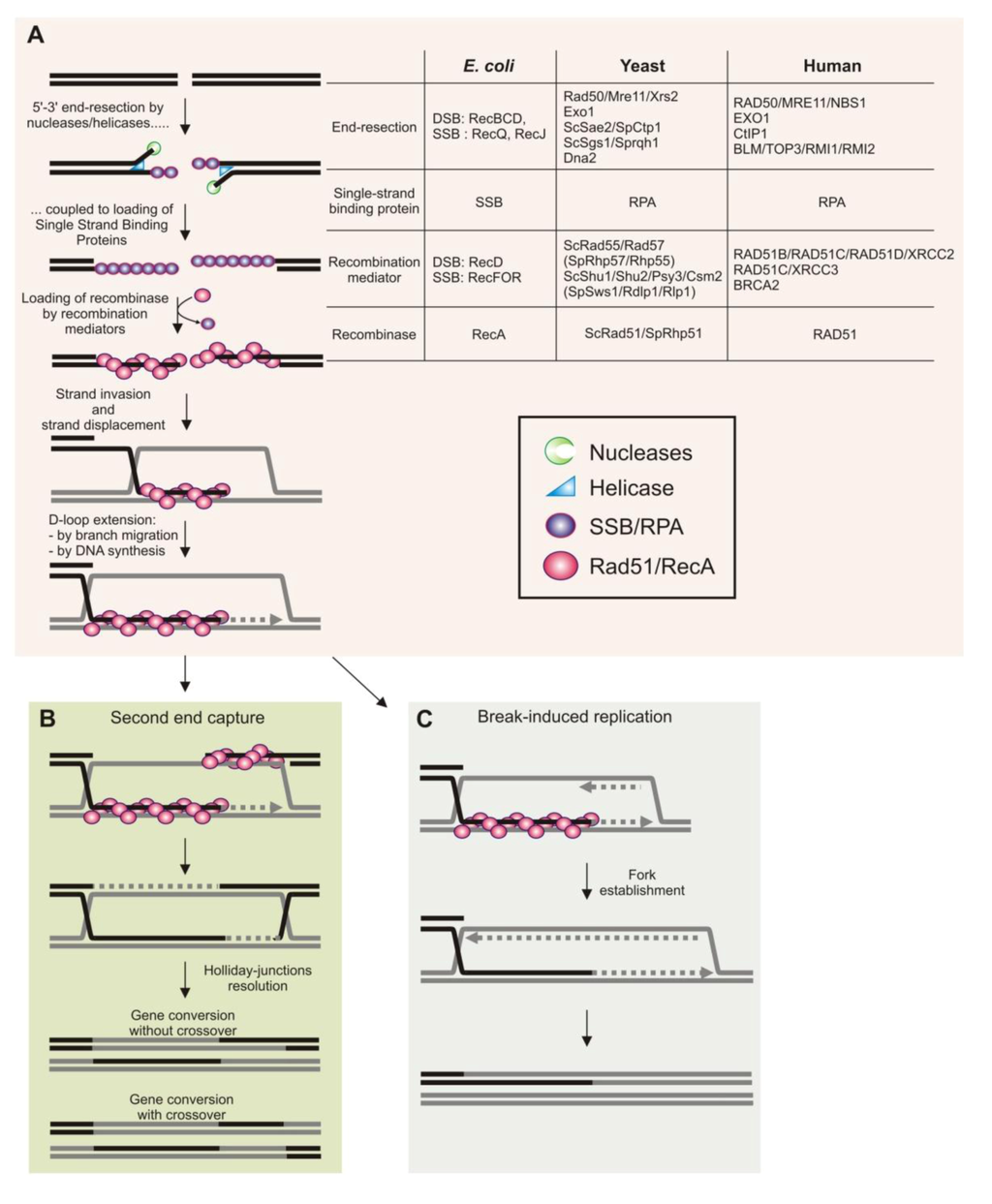



Biomolecules Free Full Text Homologous Recombination As A Replication Fork Escort Fork Protection And Recovery Html




Break Induced Replication Repair Of Damaged Forks Induces Genomic Duplications In Human Cells Science




Break Induced Replication Assay A Schematic Of The Assay I Scei Download Scientific Diagram



1



Plos Biology Repair Of Multiple Simultaneous Double Strand Breaks Causes Bursts Of Genome Wide Clustered Hypermutation
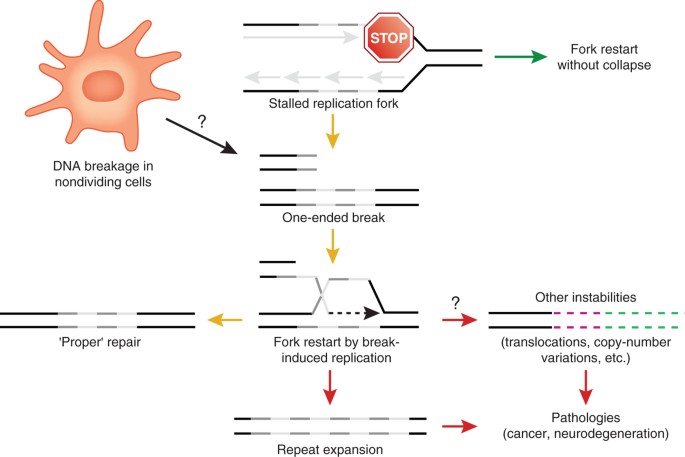



Break Induced Replication An Unhealthy Choice For Stress Relief Nature Structural Molecular Biology
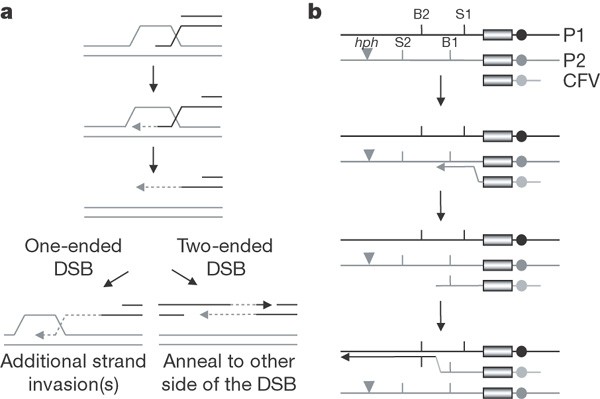



Template Switching During Break Induced Replication Nature




Repair Of A Collapsed Replication Fork By Break Induced Replication Download Scientific Diagram




Role Of The Pif1 Pcna Complex In Pol D Dependent Strand Displacement Dna Synthesis And Break Induced Replication Sciencedirect
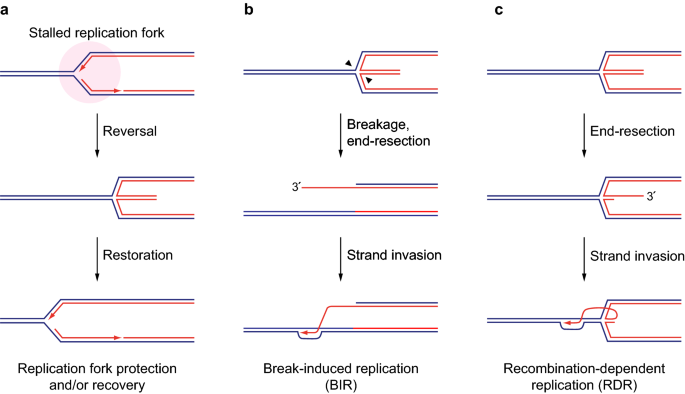



Limiting Homologous Recombination At Stalled Replication Forks Is Essential For Cell Viability Dna2 To The Rescue Springerlink



1




Pdf Break Induced Replication What Is It And What Is It For




Pdf Break Induced Replication And Genome Stability Semantic Scholar
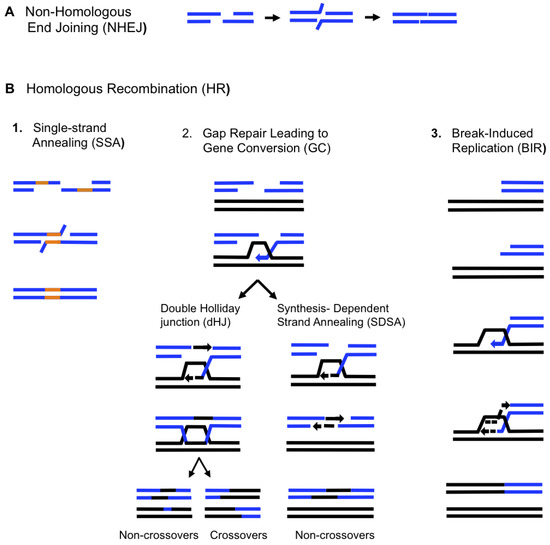



Biomolecules Free Full Text Break Induced Replication And Genome Stability Html



A Microhomology Mediated Break Induced Replication Model For The Origin Of Human Copy Number Variation
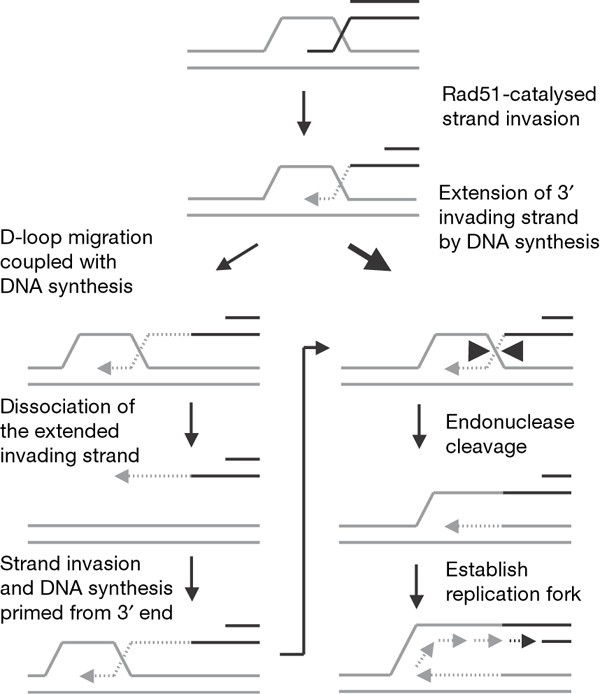



Template Switching During Break Induced Replication Nature
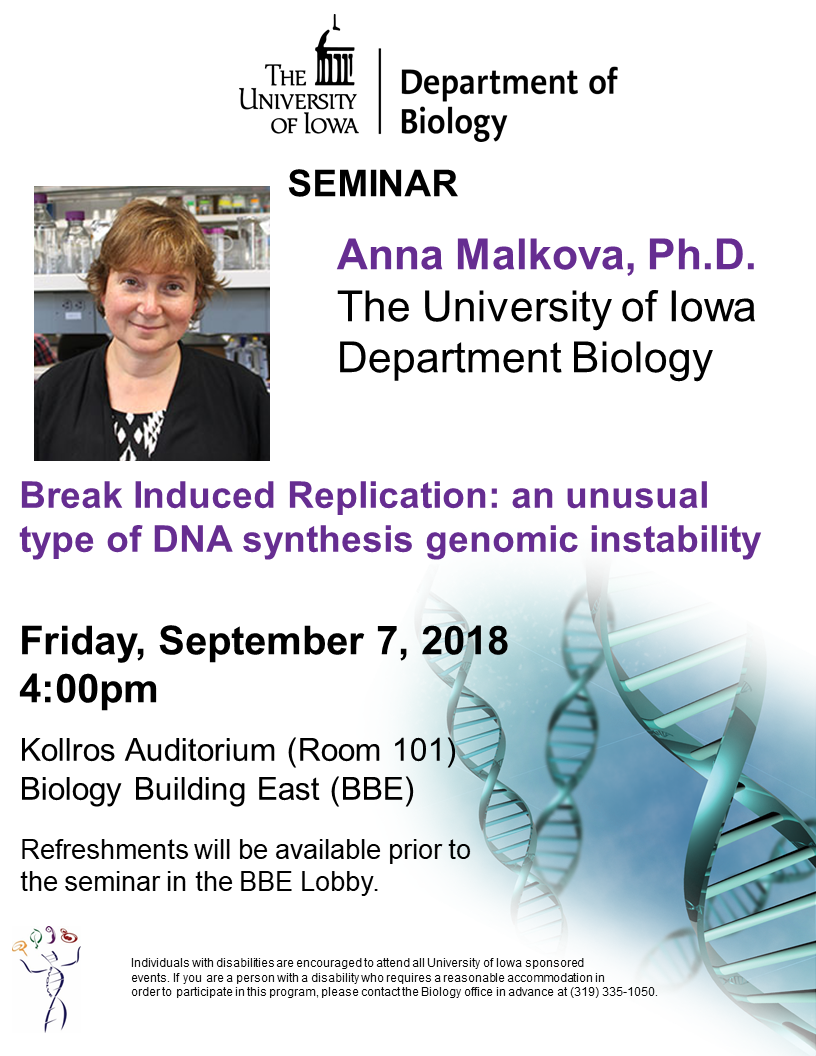



Break Induced Replication An Unusual Type Of Dna Synthesis Genomic Instability




Mechanisms Restraining Break Induced Replication At Two Ended Dna Double Strand Breaks The Embo Journal




Break Induced Replication The Where The Why And The How Trends In Genetics



1




Role Of The Pif1 Pcna Complex In Pol D Dependent Strand Displacement Dna Synthesis And Break Induced Replication Sciencedirect




Investigation Of Break Induced Replication In Yeast Sciencedirect




Mammalian Rad52 Functions In Break Induced Replication Repair Of Collapsed Dna Replication Forks Sciencedirect



2




Break Induced Replication Functions And Molecular Mechanism Sciencedirect



1




Break Induced Replication Jim Haber Brandeis Youtube
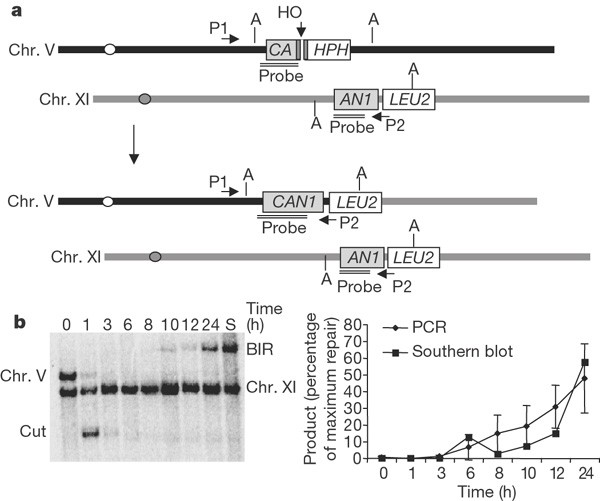



Break Induced Replication And Telomerase Independent Telomere Maintenance Require Pol32 Nature




Break Induced Replication The Where The Why And The How Trends In Genetics




Alternative Lengthening Of Telomeres Mediated By Mitotic Dna Synthesis Engages Break Induced Replication Processes Molecular And Cellular Biology



2



Plos Genetics A Microhomology Mediated Break Induced Replication Model For The Origin Of Human Copy Number Variation




No Evidence For Break Induced Replication In A Higher Plant But Break Induced Conversion May Occur Semantic Scholar




Break Induced Replication Repair Of Damaged Forks Induces Genomic Duplications In Human Cells Science




Trf1 Averts Chromatin Remodelling Recombination And Replication Dependent Break Induced Replication At Mouse Telomeres Elife




Template Switching During Break Induced Replication Semantic Scholar
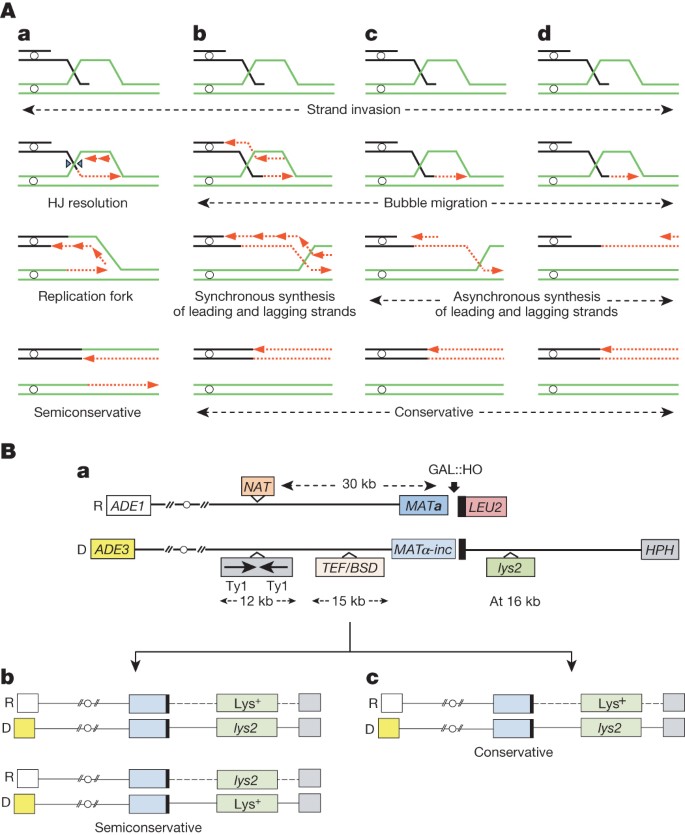



Migrating Bubble During Break Induced Replication Drives Conservative Dna Synthesis Nature




Break Induced Replication A Review And An Example In Budding Yeast Pnas
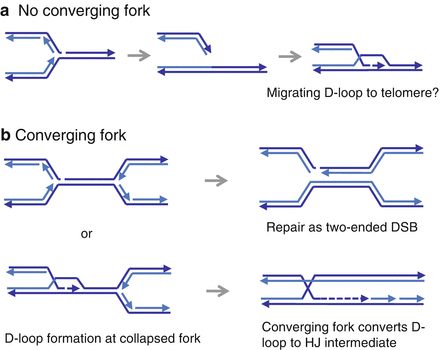



Mechanisms And Consequences Of Break Induced Replication Springerlink




Rpa Stabilization Of Single Stranded Dna Is Critical For Break Induced Replication Cell Reports




Loss Of Sea3 Impacts Colony Formation In The Break Induced Replication Download Scientific Diagram




Dna Recombination The Replication Connection Trends In Biochemical Sciences




A Break Induced Replication Model Ofrad51 Independent Dsb Repair After Download Scientific Diagram




Pif1 Helicase Promotes Break Induced Replication In Mammalian Cells The Embo Journal




Mitotic Dna Synthesis Midas Occurs Via A Break Induced Replication Download Scientific Diagram
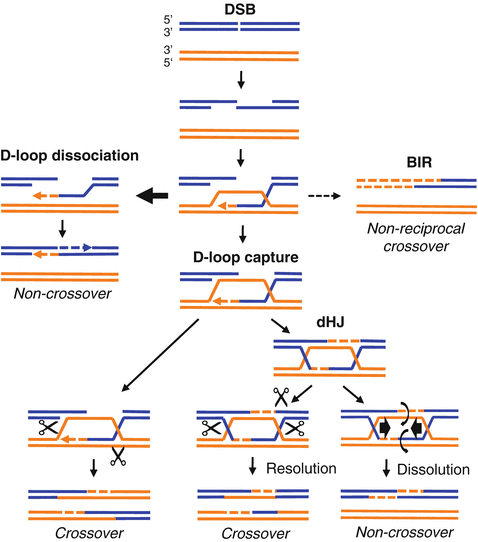



Mechanisms And Consequences Of Break Induced Replication Springerlink




Summary Of Break Induced Replication Jim Haber Brandeis Youtube




Alternative Lengthening Of Telomeres Mediated By Mitotic Dna Synthesis Engages Break Induced Replication Processes Molecular And Cellular Biology



Strand Break Induced Replication Fork Collapse Leads To C Circles C Overhangs And Telomeric Recombination




Break Induced Replication The Where The Why And The How Trends In Genetics
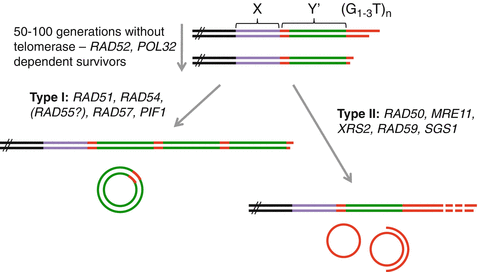



Mechanisms And Consequences Of Break Induced Replication Springerlink




Break Induced Replication The Where The Why And The How Trends In Genetics
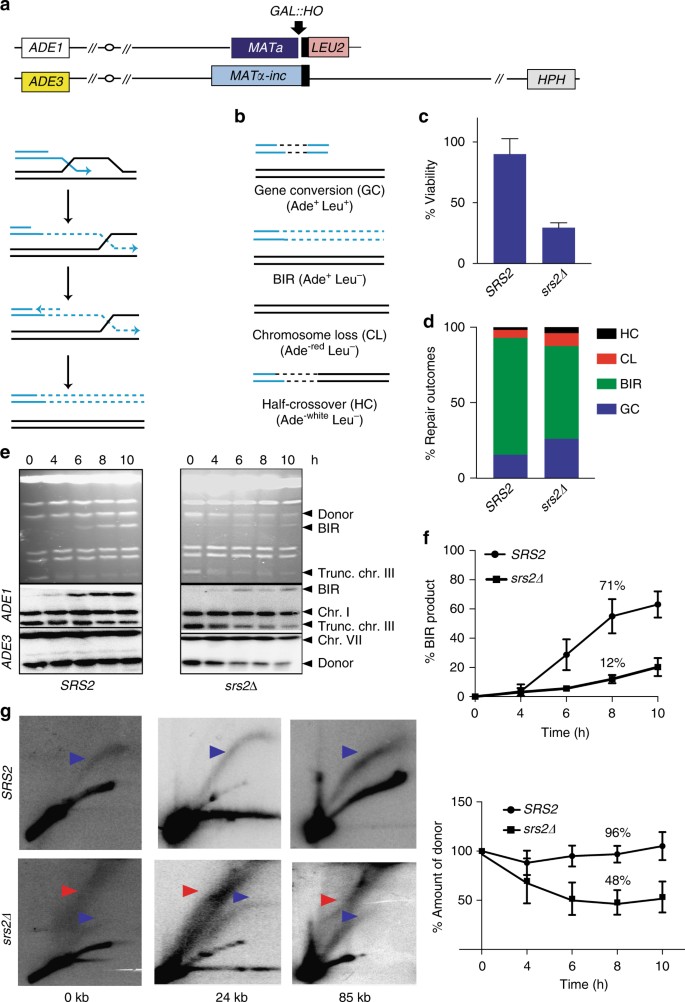



Break Induced Replication Promotes Formation Of Lethal Joint Molecules Dissolved By Srs2 Nature Communications




Proposed Mechanisms Of Alt A Break Induced Replication A And B Download Scientific Diagram



Break Induced Replication Requires All Essential Dna Replication Factors Except Those Specific For Pre Rc Assembly




Mechanistic Model Of Microhomology Mediated Break Induced Replication Download Scientific Diagram




Illustration Of Break Induced Replication Telomere Maintenance And De Download Scientific Diagram




Method Of Dna Repair Linked To Higher Likelihood Of Genetic Mutation Eurekalert Science News



Plos Genetics Cascades Of Genetic Instability Resulting From Compromised Break Induced Replication
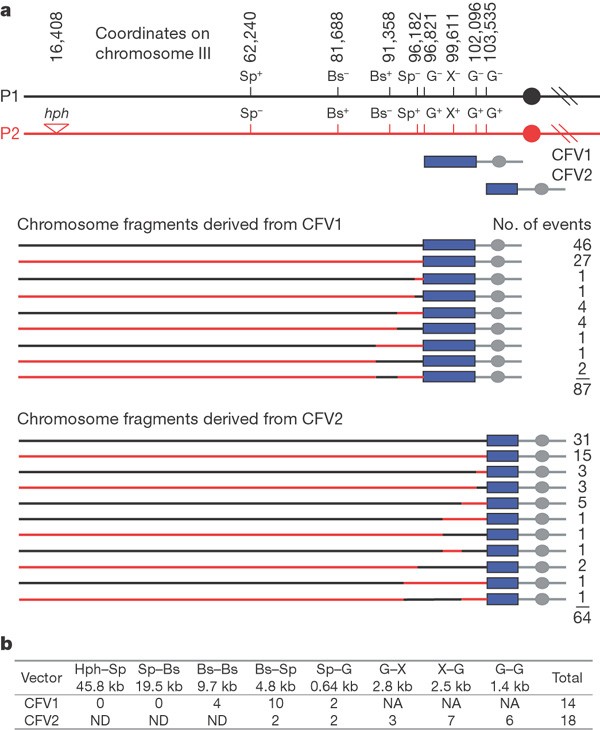



Template Switching During Break Induced Replication Nature




Mammalian Rad52 Functions In Break Induced Replication Repair Of Collapsed Dna Replication Forks Sciencedirect



Break Induced Replication Requires All Essential Dna Replication Factors Except Those Specific For Pre Rc Assembly




Break Induced Replication Occurs By Conservative Dna Synthesis Pnas




Template Switching During Break Induced Replication Semantic Scholar




Break Induced Replication The Where The Why And The How Trends In Genetics



Plos Genetics A Microhomology Mediated Break Induced Replication Model For The Origin Of Human Copy Number Variation
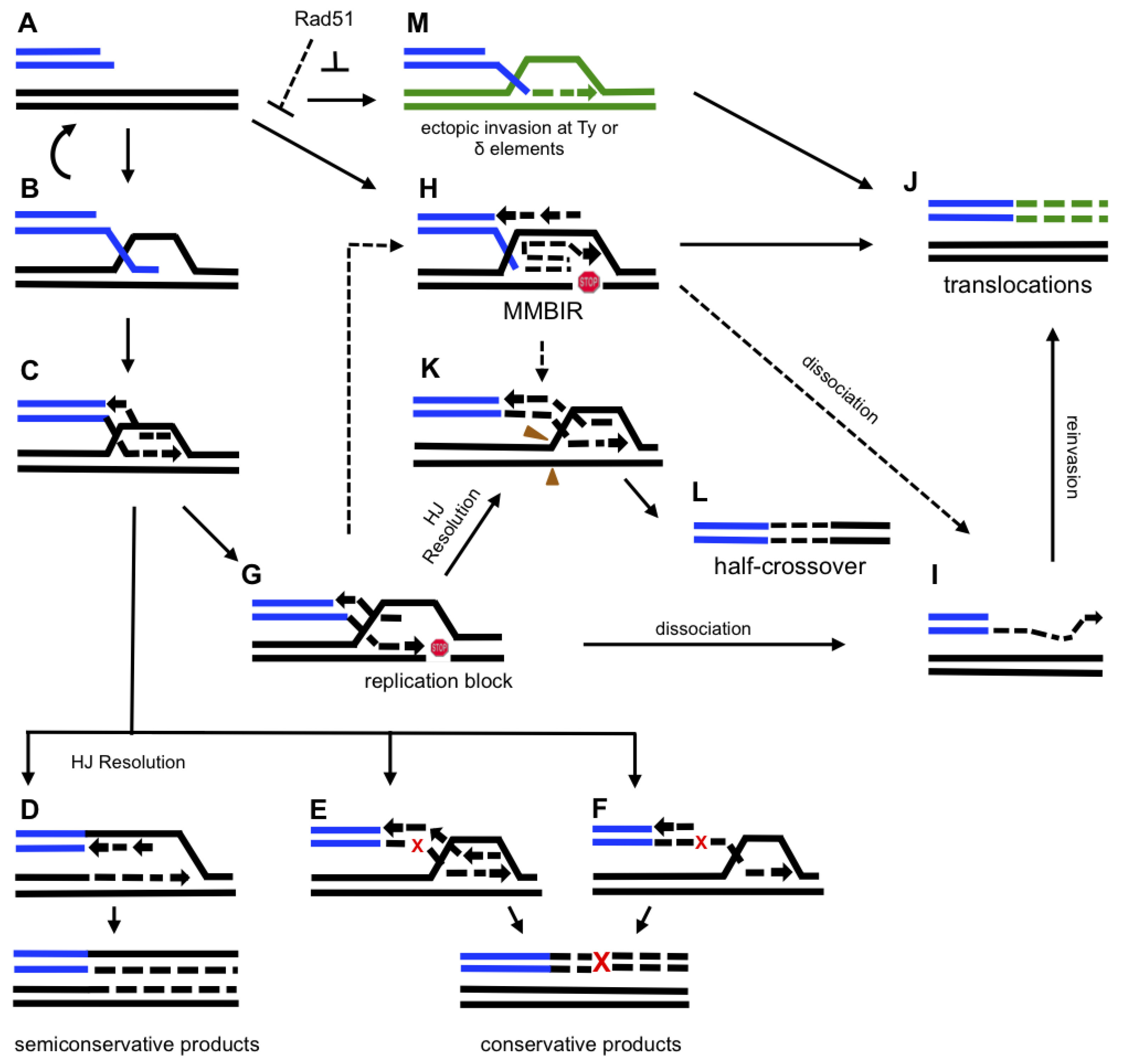



Biomolecules Free Full Text Break Induced Replication And Genome Stability Html
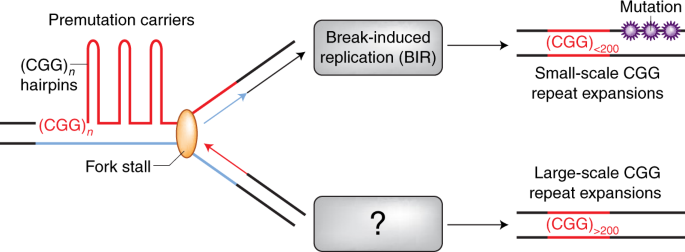



Break Induced Replication Sparks Cgg Repeat Instability Nature Structural Molecular Biology




Pdf Break Induced Dna Replication Semantic Scholar




Figure 3 From Break Induced Dna Replication Semantic Scholar




Experimental Systems Of Break Induced Replication Bir And Gene Download Scientific Diagram




Partners And Pathways Trends In Genetics
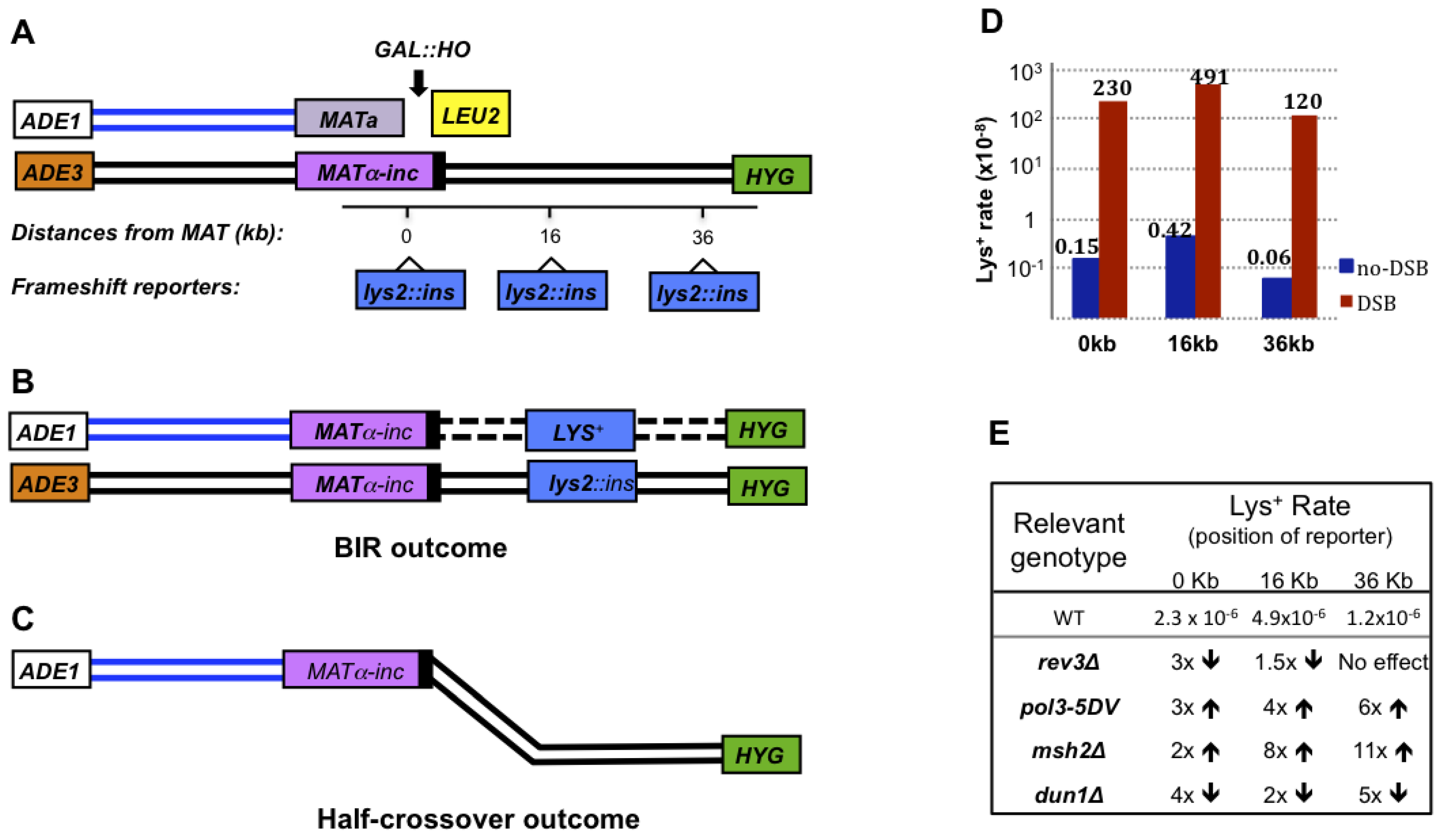



Biomolecules Free Full Text Break Induced Replication And Genome Stability Html



Rad51 Independent Break Induced Replication To Repair A Broken Chromosome Depends On A Distant Enhancer Site




Mechanisms Restraining Break Induced Replication At Two Ended Dna Double Strand Breaks The Embo Journal
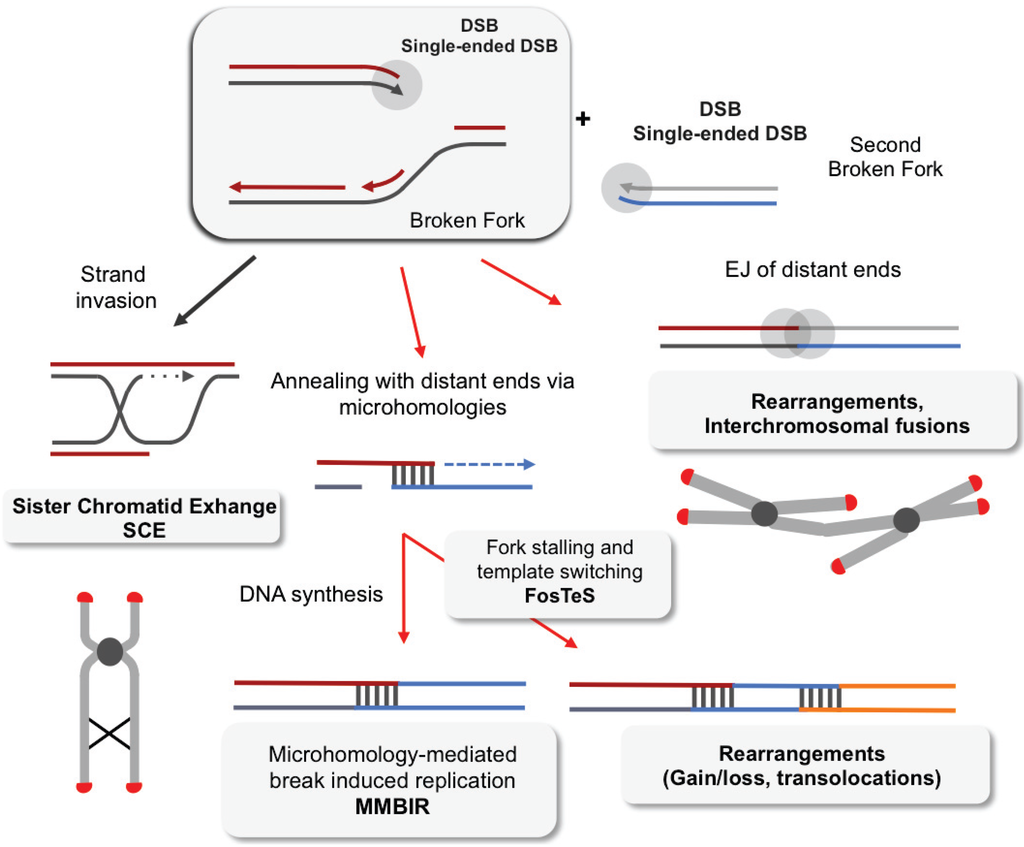



Genes Free Full Text Replication Stress In Mammalian Cells And Its Consequences For Mitosis Html



0 件のコメント:
コメントを投稿